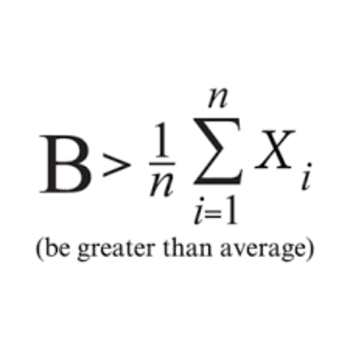How to use the discriminant to find out how many real number roots an equation has for #2m^2 - m - 6 = 0#?
1 Answer
Mar 26, 2018
See answer
Explanation:
The discriminant, (
Where
The discriminant (
If
If
If 0>
In this case
So your equation has two real solutions as

